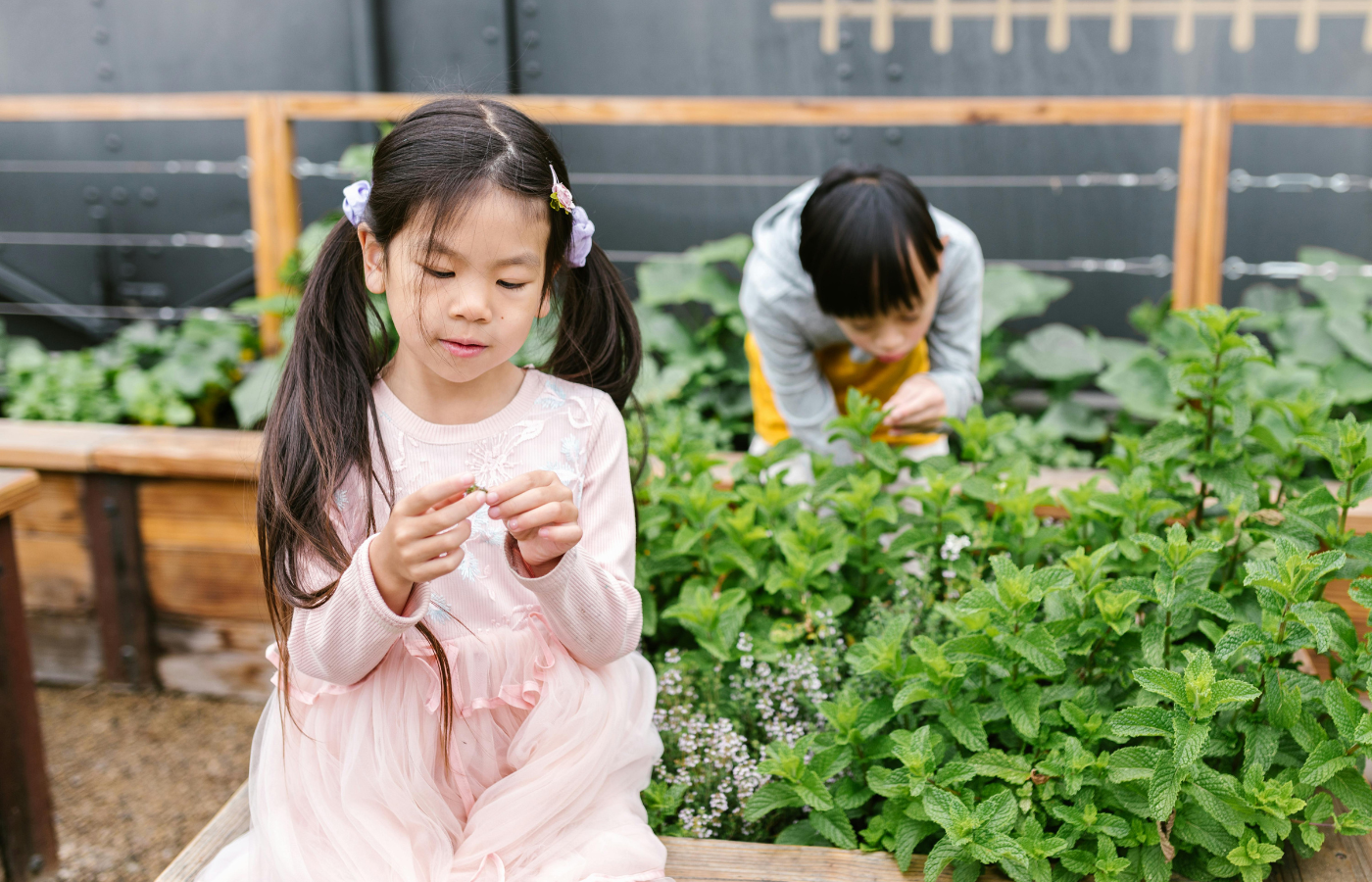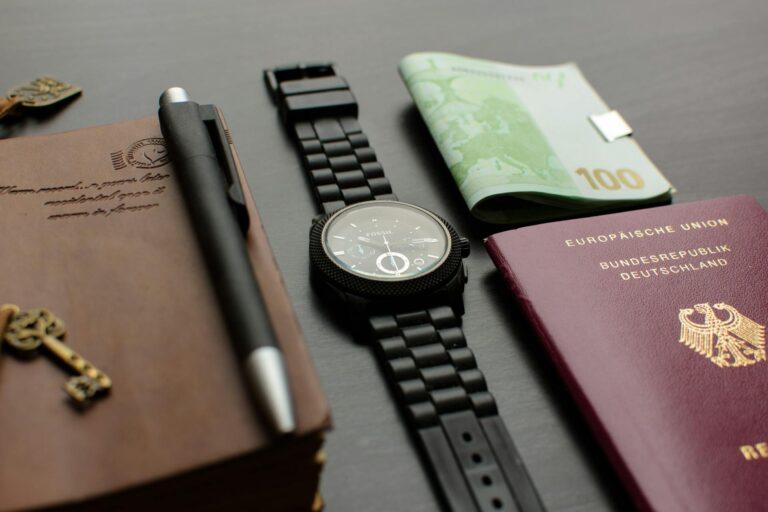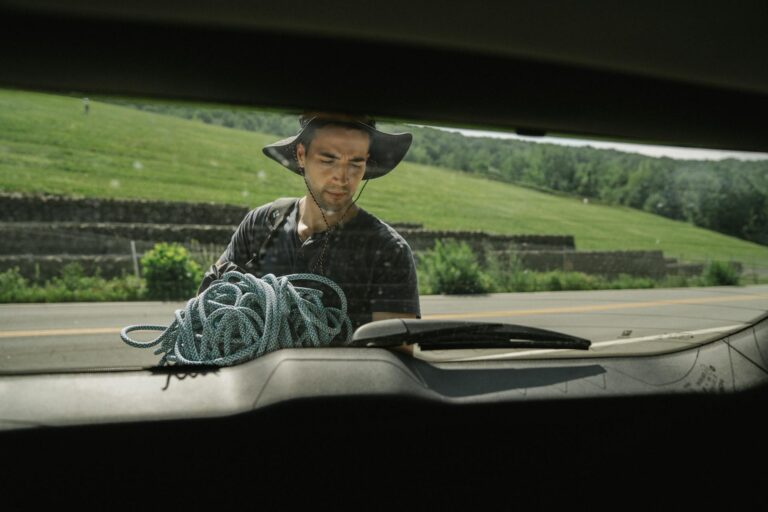Prepping used to be seen as extreme—reserved for doomsday believers and wilderness survivalists. But lately? More people are getting ready. Quietly. Carefully. And without calling themselves “preppers” at all.
Why? Because modern life is more unpredictable than ever. From empty shelves to natural disasters, here are 10 real reasons why more people are stocking up, learning skills, and preparing for the unexpected.
1. Supply Chain Disruptions Are Becoming Normal
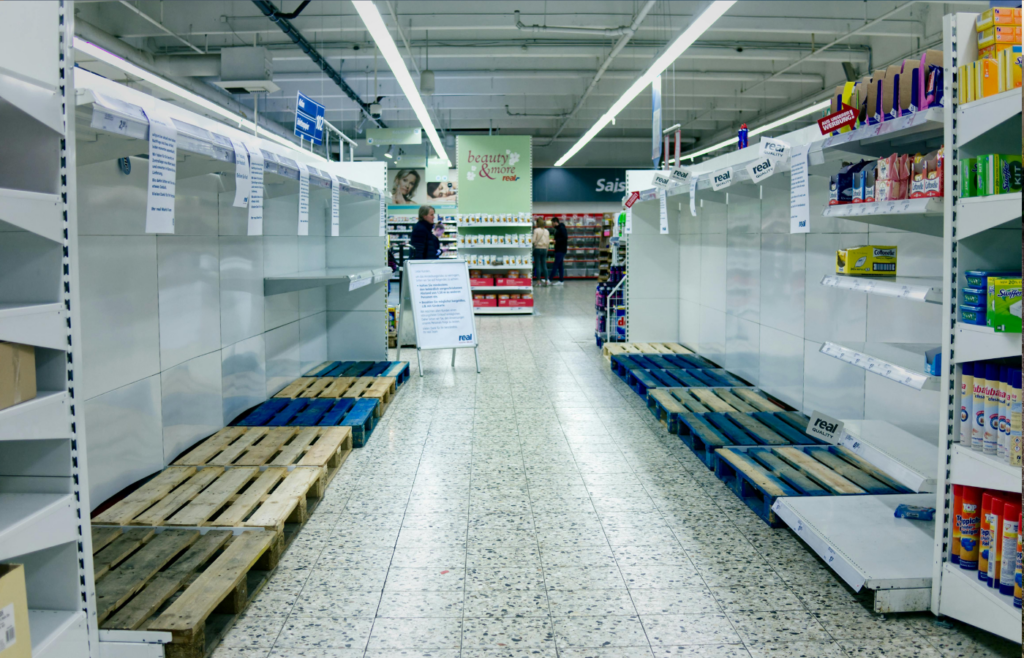
We used to expect everything to be in stock, all the time. Now? Baby formula, toilet paper, food staples, and medicine sometimes aren’t there when you need them.
That shift taught people a hard truth: your pantry may be your last reliable resource.
2. Natural Disasters Are Getting Stronger and More Frequent
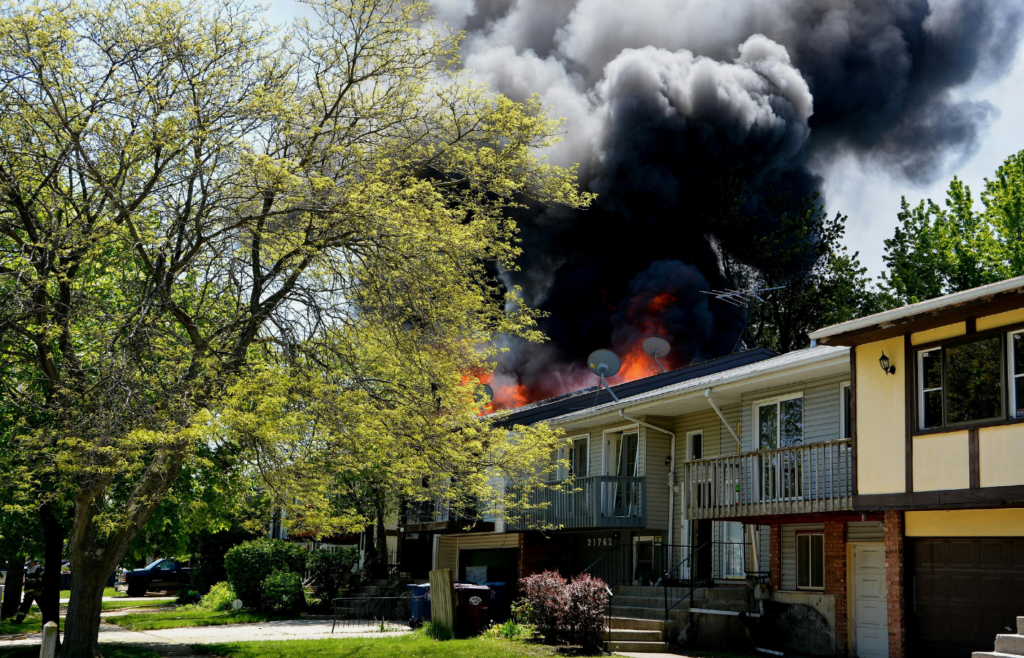
Floods, hurricanes, wildfires, and winter storms are hitting harder and more often. And when they do, power, water, and roads go down fast.
Preppers don’t wait for FEMA. They build their own safety nets long before the sky turns dark.
3. Economic Uncertainty Is a Growing Threat
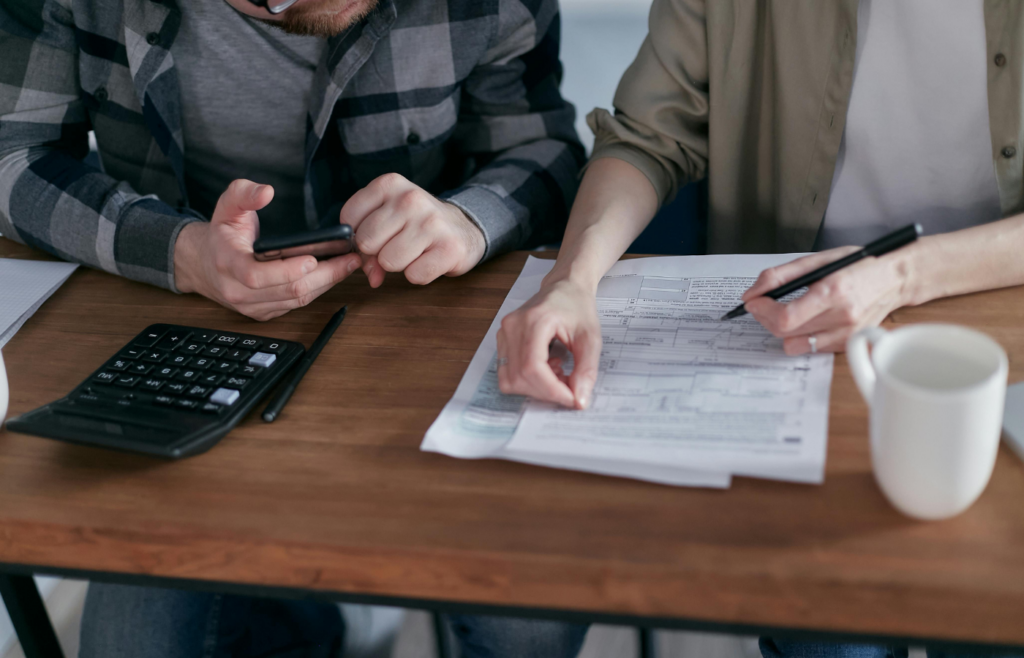
Inflation, job layoffs, and rising prices are pushing people to think long-term. What happens if income stops for a while?
Prepping gives people peace of mind. A stocked pantry means fewer grocery runs—and more breathing room in hard times.
4. Political and Social Tensions Feel Fragile
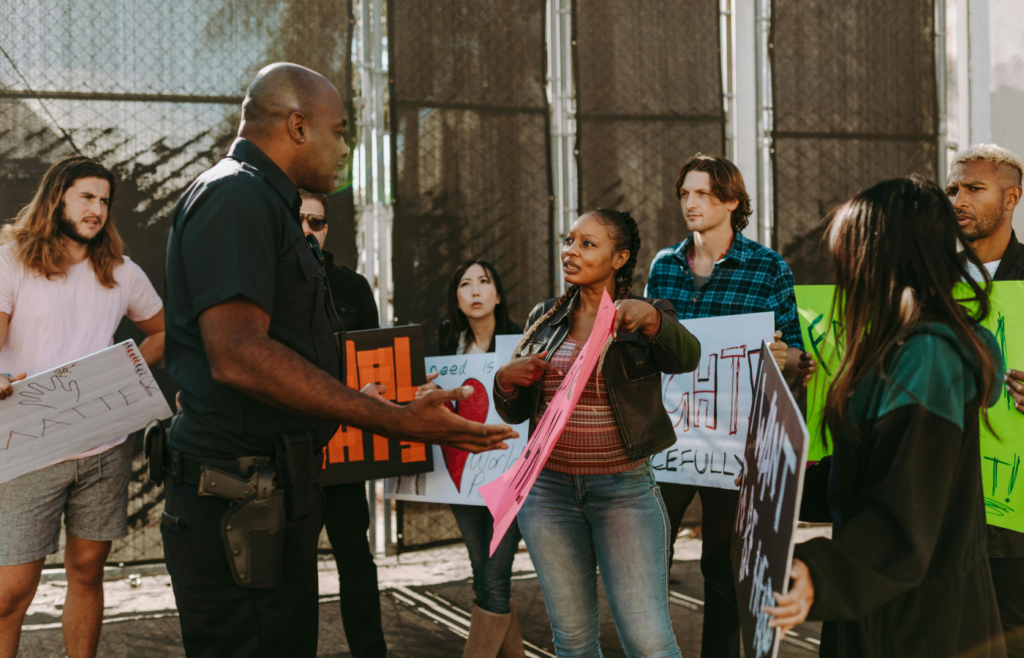
Unrest, division, and uncertainty are on the rise. It’s not about fear—it’s about foresight. People are realizing that things can shift fast.
They want to know they’ll be okay, no matter what side of a screen or street they’re on.
5. Grid Failures and Power Outages Are More Common
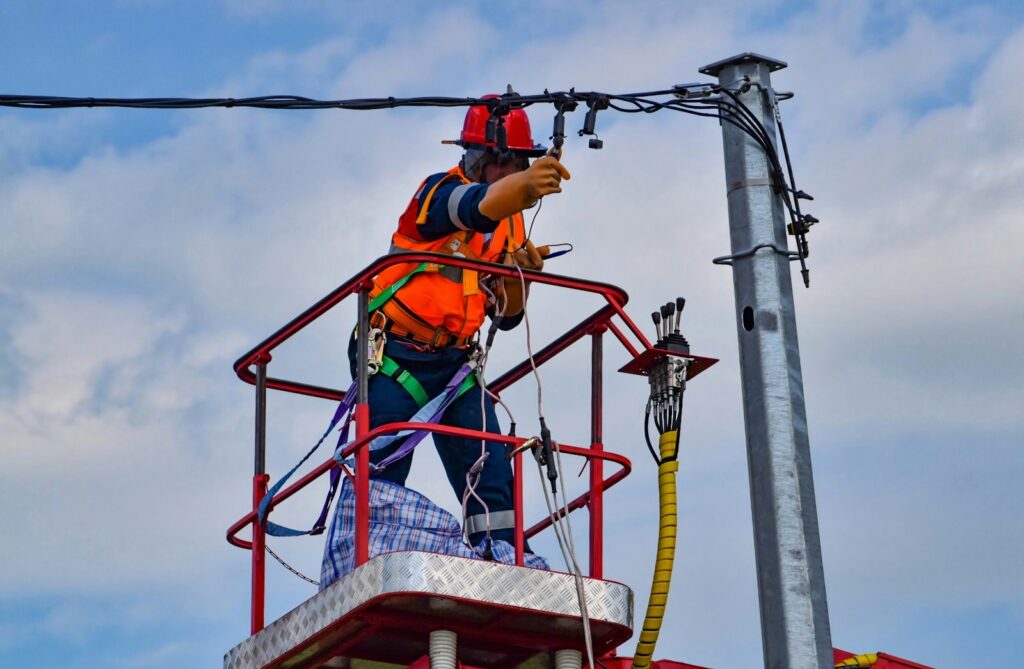
Blackouts used to be rare. Now they’re seasonal. Between winter storms, summer heatwaves, and overloaded grids, more people are preparing for days—or weeks—without power.
Candles, flashlights, food, water filters: quiet prepping starts here.
6. Global Events Feel Closer Than Ever
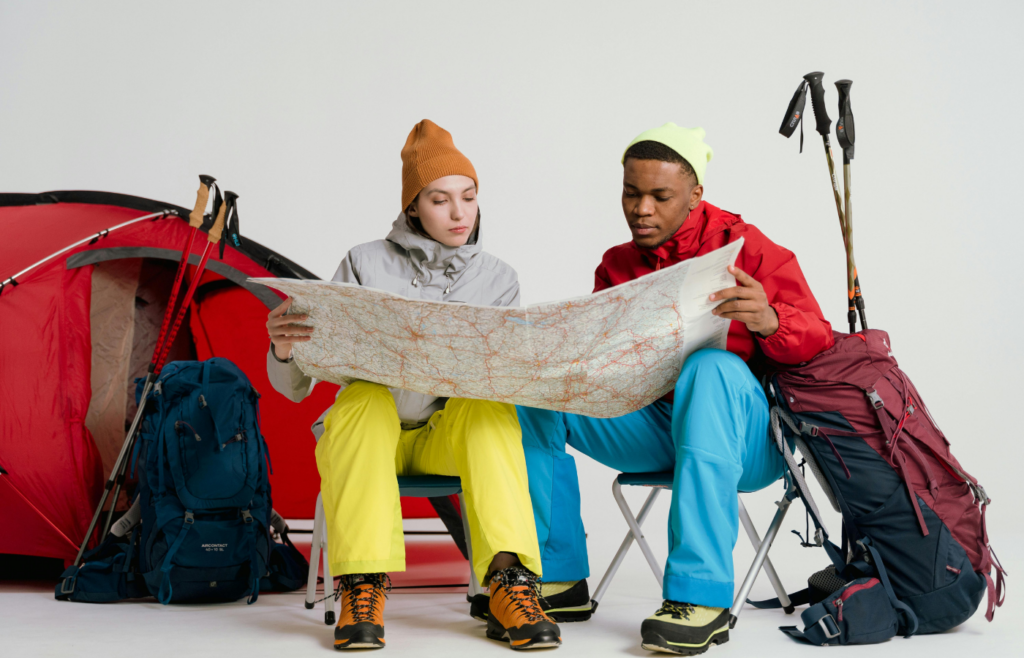
Wars, pandemics, and international tensions used to feel distant. But in a global economy, their ripple effects hit everyone—at the pump, at the grocery store, and at home.
More people are watching those ripples and choosing to get ahead of the wave.
7. The Pandemic Shattered the Myth of Normal
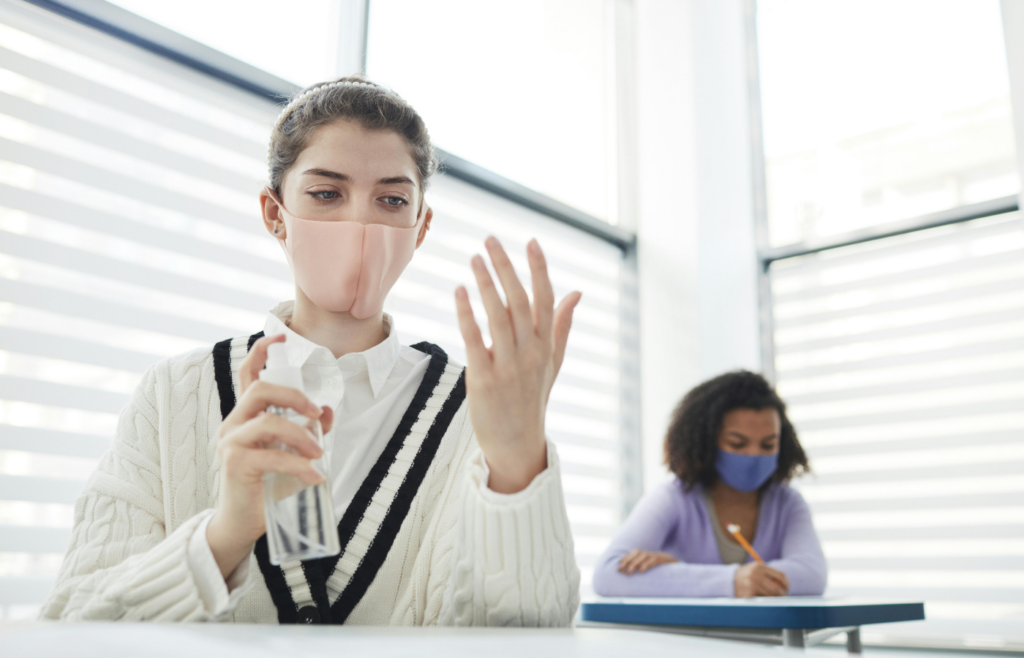
When COVID-19 hit, it flipped daily life upside down. Schools closed. Stores emptied. Lockdowns started. Millions realized how little control they had—and how much better things would have felt if they’d been more prepared.
That memory hasn’t gone away. It quietly changed people.
8. Prepping Is Easier and More Accessible Than Ever

Prepping used to mean bunkers and bug-out land. Now it means water filters, first aid kits, and shelf-stable food—things anyone can buy at Walmart or online.
You don’t need to live off-grid to be prepared. People are learning you can start right where you are.
Read More: Top 10 Things to Do After a Major Storm Cuts You Off
9. Skill Building Is Back in Style
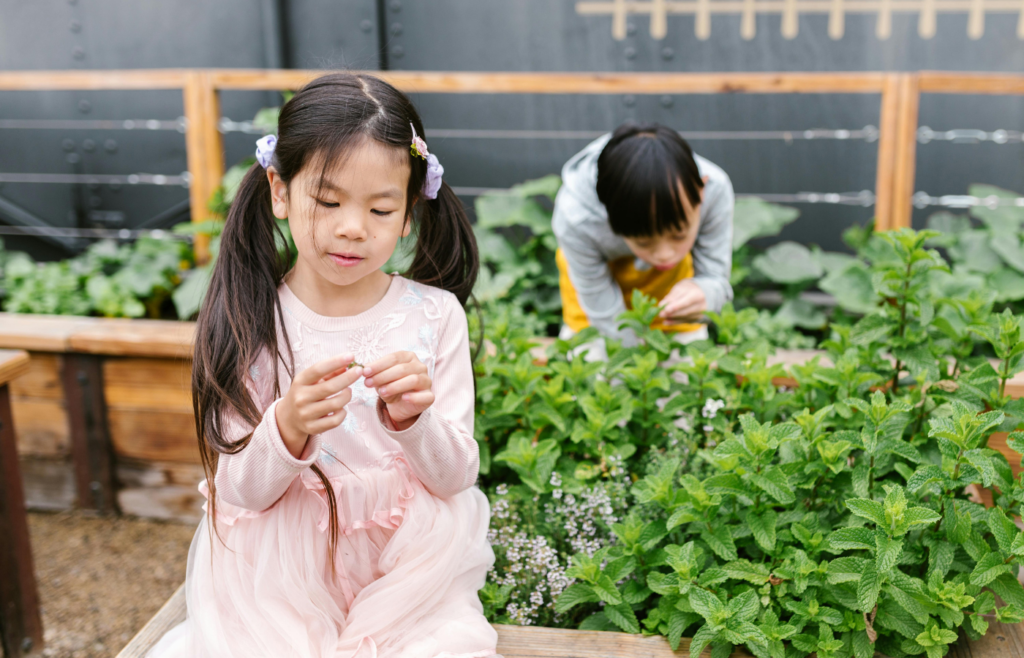
Gardening, canning, sewing, fire-starting, even baking bread—it’s all making a comeback. People want to feel useful. Capable. Resilient.
Preppers have always valued self-reliance. Now more people are picking up those skills—whether they call it prepping or not.
Read More: Top 10 Things Preppers Practice That Most People Ignore
10. Peace of Mind Is the New Luxury

In an uncertain world, knowing your home is stocked, your plan is ready, and your skills are sharp brings calm. And that’s priceless.
More people are prepping not because they’re afraid—but because they want to stop being afraid.
Prepping isn’t about paranoia. It’s about peace. Quietly, steadily, more people are choosing to be ready—just in case. Because when the unexpected comes, they’d rather be the helper than the one asking for help. And that’s a mindset that’s catching on.
Read More: Top 10 Survival Gear Items That Are Surprisingly Affordable

